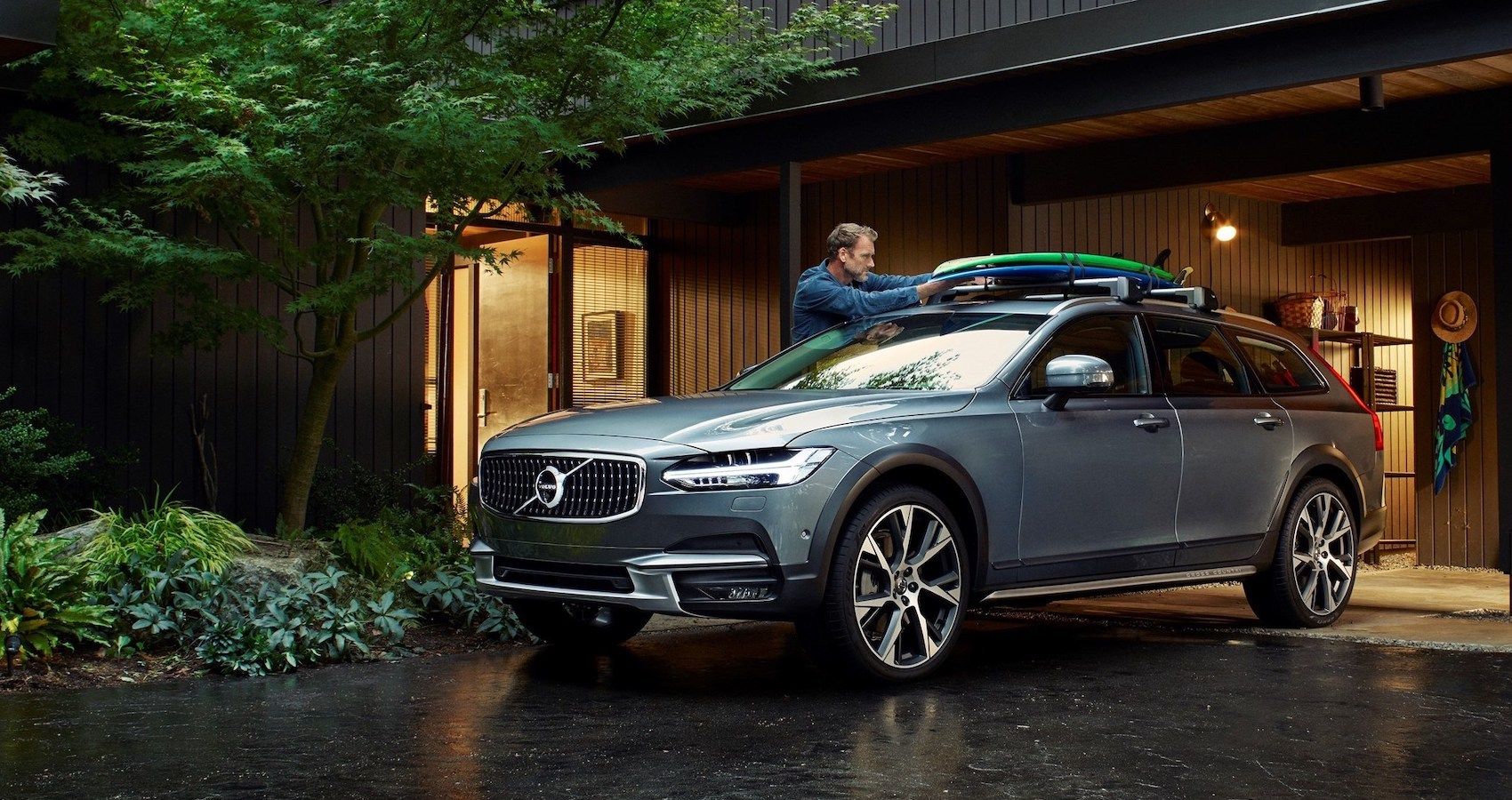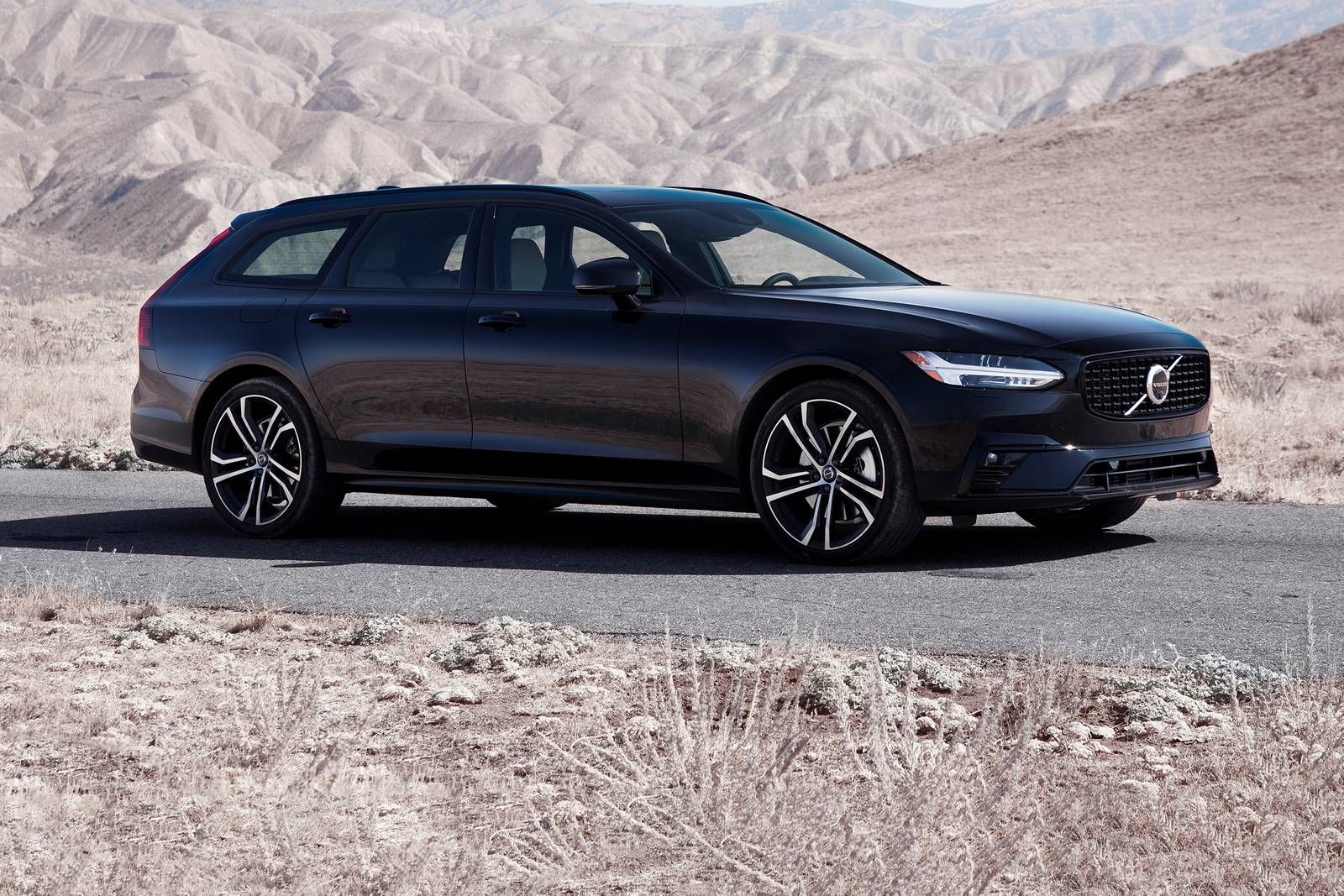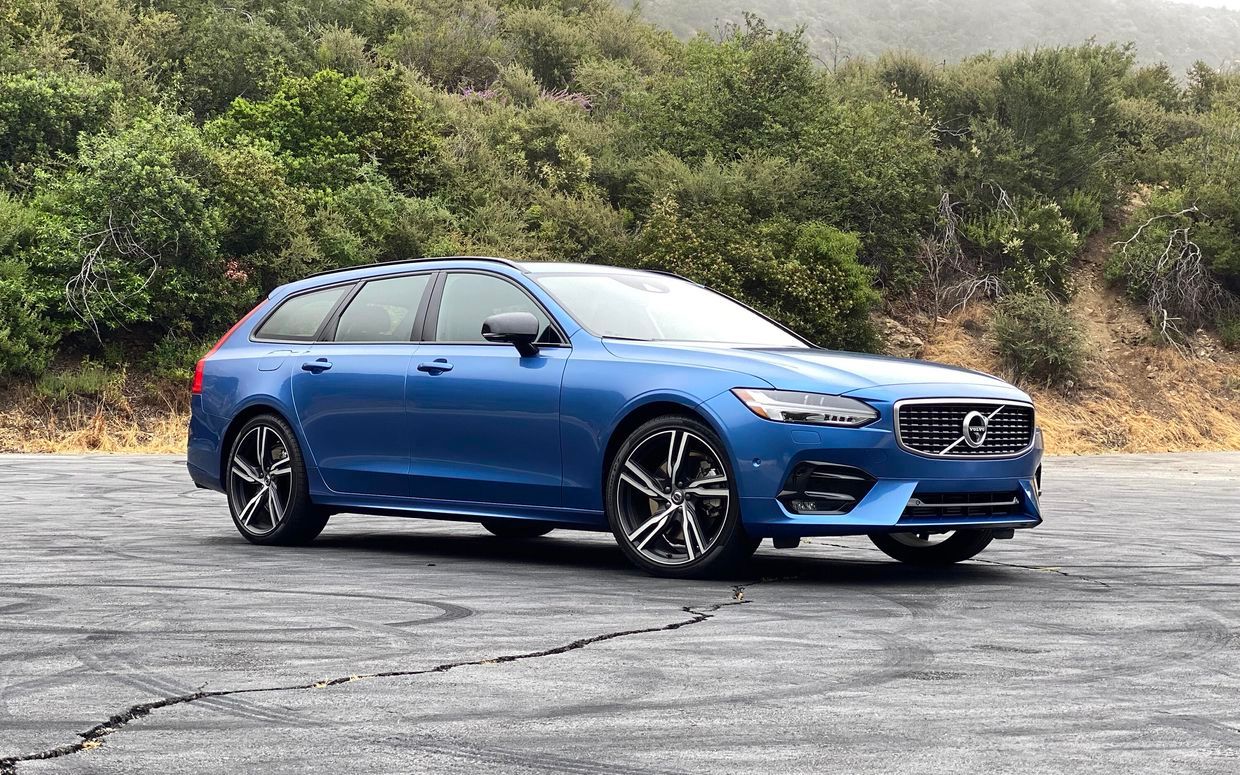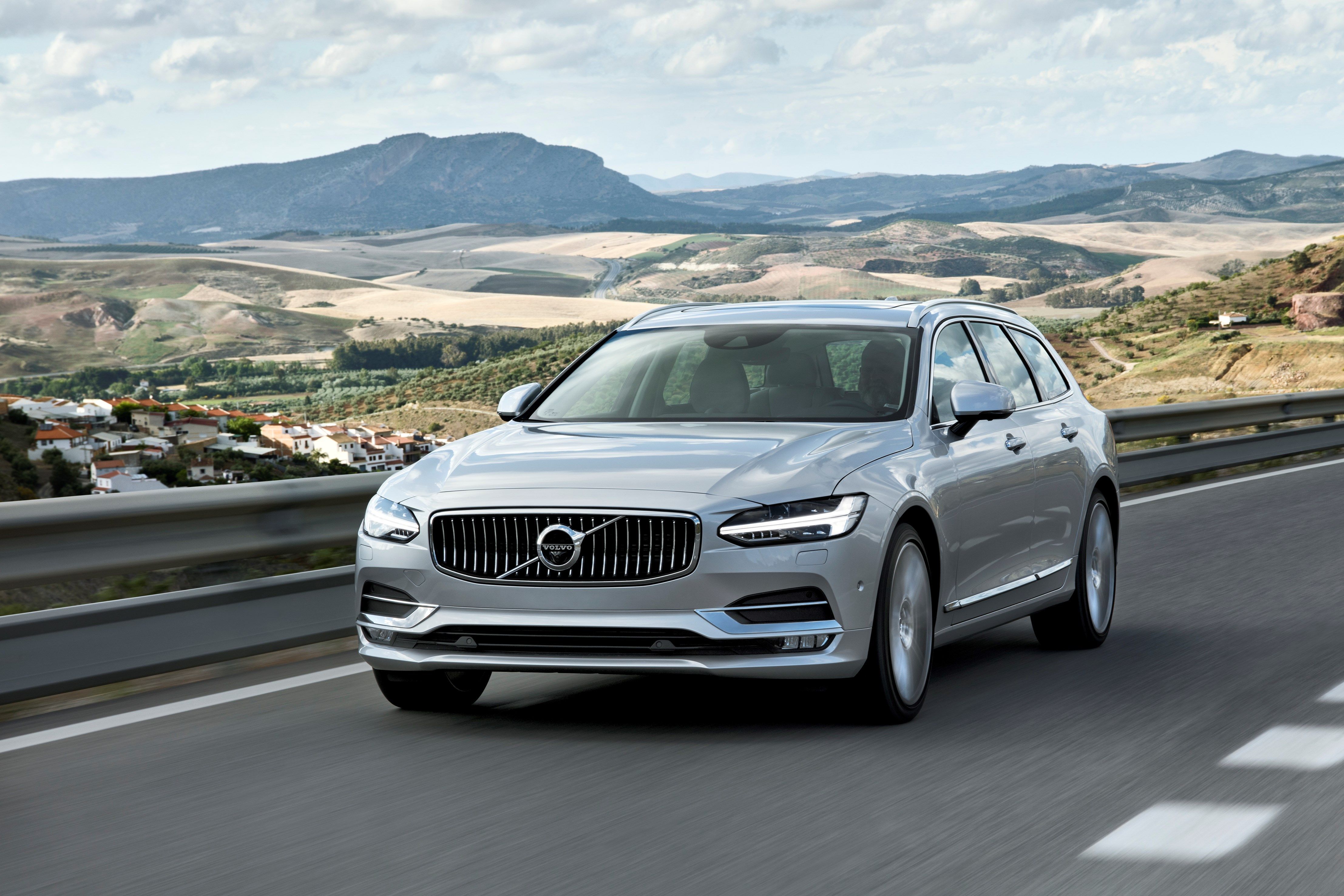“All good things must come to an end.” The proverb seems made for the car industry. Whenever consumers get an emotional connection with a beautiful car, the manufacturer decides to “innovate” and come up with something “more exciting.” In all fairness, in this case, we talk about a Volvo wagon and by looking at the sales of wagons in the U.S., the move is understandable.
In a market dominated by SUVs, crossovers, pickups, and trucks, wagons seem as the more sophisticated and elegant brothers of these giants, adored for the cargo space, versatility and beauty, but still not loved enough to be made the most popular cars on the market. Interestingly enough, wagons are still popular in Europe, especially in Germany, where drivers and passengers remain fans of this versatile automobile.
JATO data puts things into perspective by showing that Europe accounted for a staggering 72 percent of global wagon sales in 2017. But SUVs slowly replaced this stable of family life, even in the Old Continent.
According to a forecast by LMC Automotive, European sales of station wagons will fall to 1.5 million by 2025 from 1.7 million in 2019. Luckily, Germany remains infatuated with the wagons, and in the first half of 2019, wagons accounted for 17 percent of total car sales.
In this context, it is hardly surprising that car manufacturers have abandoned wagons. But probably no other cessation hurt like the one inflicted by Volvo when it discontinued the V90.
Volvo’s Market Research Flop
Volvo understood that products that resolve the most common customer paint points are a success, but the car manufacturer didn’t do enough market research to see that a sport utility vehicle solves the same customer paint points. Exactly as wagons, SUVs offer generous rear cargo space, are road friendly and have increased safety features.
More importantly, SUVs are cool. By contrast, most kids and youngsters these days associate wagons with memorable childhood trips and family gatherings at out-of-state relatives. Remember the movies, “Home Alone: The Holiday Heist” that featured a 2005 Volvo XC70 or “The 40-Year-Old Virgin” and the 1986 Volvo 240?
These movies clearly bridge the gap between wagon and family car; thus, most millennials associate wagons with the past. And as much as nostalgia marketing is trending these days, coolness and newness always win over nostalgia.
V90: The Luxury Wagon That Should Have Been A Hit
The sophisticated Scandinavian wagon was designed with beauty and luxury in mind, and every detail was carefully curated to enhance the driving pleasure. From the soft, top-quality Nappa leather used for the upholstery, which created a sophisticated look and the state-of-the-art Bowers & Wilkins speakers to the advanced filtration technology that cleared the air in the cabin, every detail received the same level of attention.
In addition, families could enjoy expansive passenger and cargo space without renouncing the performance. In fact, just because the wagon had generous space, it doesn’t mean it was a slow, dull vehicle.
As for the safety features, drivers could take advantage of 360° degree surround monitor system, off-road mitigation system, intelligent driver assist technology, and the blind spot information system. Basically, Volvo thought about the top safety features for keeping passengers and kids safe.
This Is Why Volvo Discontinued The V90 Wagon In The U.S.
As you can imagine by now, sluggish sales and low demand forced Volvo to discontinue the V90 in the U.S. Unfortunately, Volvo Cars also sacked the standard versions of V60 (T5 and T6). But fans of the brand can still buy the Cross Country versions of V60 and V90, which kind-off resemble SUVs. Although, it’s difficult to understand if there is a market in the U.S. for crossover wagons.
The V60 Polestar with a plug-in hybrid powertrain also survived and is still available at local Volvo dealers. Considering that Volvo Cars targets for fully electric vehicles to make 50 percent of its sales by 2025, the move is hardly surprising.
As for the beautiful V90, even before the cessation of sales, the Scandinavian car was available only on a special-order basis. This means that dealers didn’t have the wagon in stock at any given time; thus, customers couldn’t see and test drive it. Probably, stocking the V90 would have helped boost sales by a little margin, but not enough to convince Volvo not to abandon it.
According to CarSalesBase, Volvo sold only 1,453 V90s from 2017 to 2020. Just to put things into perspective, Volvo sold 122,173 cars in the United States in 2021, as per a Volvo Cars press release. Globally, Volvo sold 215,635 XC60 in 2021 and 201,037 XC40. Meanwhile, the third-best selling Volvo automobile in 2021 was the XC90, which sold 108,231 cars.




